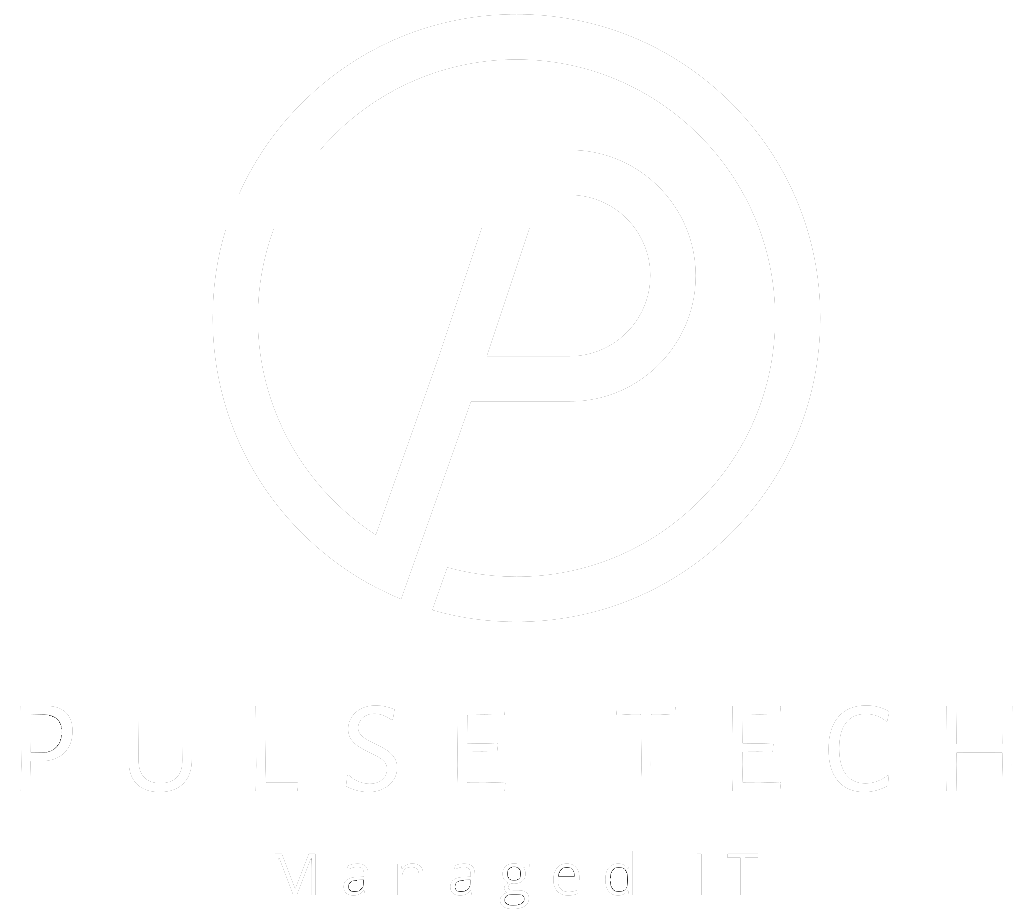Phishing is a fraudulent attempt by cybercriminals to trick individuals into revealing sensitive information, such as usernames, passwords, credit card details, or company data. This is typically done by sending emails that appear to be from legitimate, reputable sources. The goal is to create a sense of urgency or curiosity that compels the recipient to act without thinking.
Train your team to be skeptical and look for these warning signs:
A Sense of Urgency: Language like “Immediate Action Required” or “Your Account Will Be Suspended” is designed to provoke a hasty response.
Generic Greetings: Legitimate companies will usually address you by name. Be wary of emails starting with “Dear Valued Customer.”
Spelling and Grammar Errors: While not always present, poor grammar and spelling are often signs of a fraudulent email.
Mismatched Links: Hover your mouse over any link before clicking. The preview URL that appears should match the one written in the email. If they differ, it’s a major red flag.
Unusual Sender Address: Closely inspect the sender’s email address. Attackers often use addresses that are just slightly different from a legitimate one (e.g., info@microsoft-support.com instead of @microsoft.com).
Unexpected Attachments: Be extremely cautious of unsolicited attachments, especially ZIP files or Office documents that ask you to “enable macros.”
Technology is crucial, but it must be paired with education.
Conduct Regular Training: Make security awareness a part of your company culture, not a one-time event.
Run Phishing Simulations: The best way to learn is by doing. Simulated phishing campaigns can test your team’s awareness in a safe, controlled environment.
Establish Clear Procedures: Create a simple process for employees to report suspicious emails. Also, implement a policy for verifying urgent requests for money transfers or sensitive data via a secondary method, like a phone call.
A well-trained team is an invaluable security asset. By empowering your employees with the knowledge to identify and report threats, you create a resilient human firewall that protects your business from the inside out.
If you’re ready to implement a comprehensive security awareness training program and the technology to back it up, contact our experts today.
